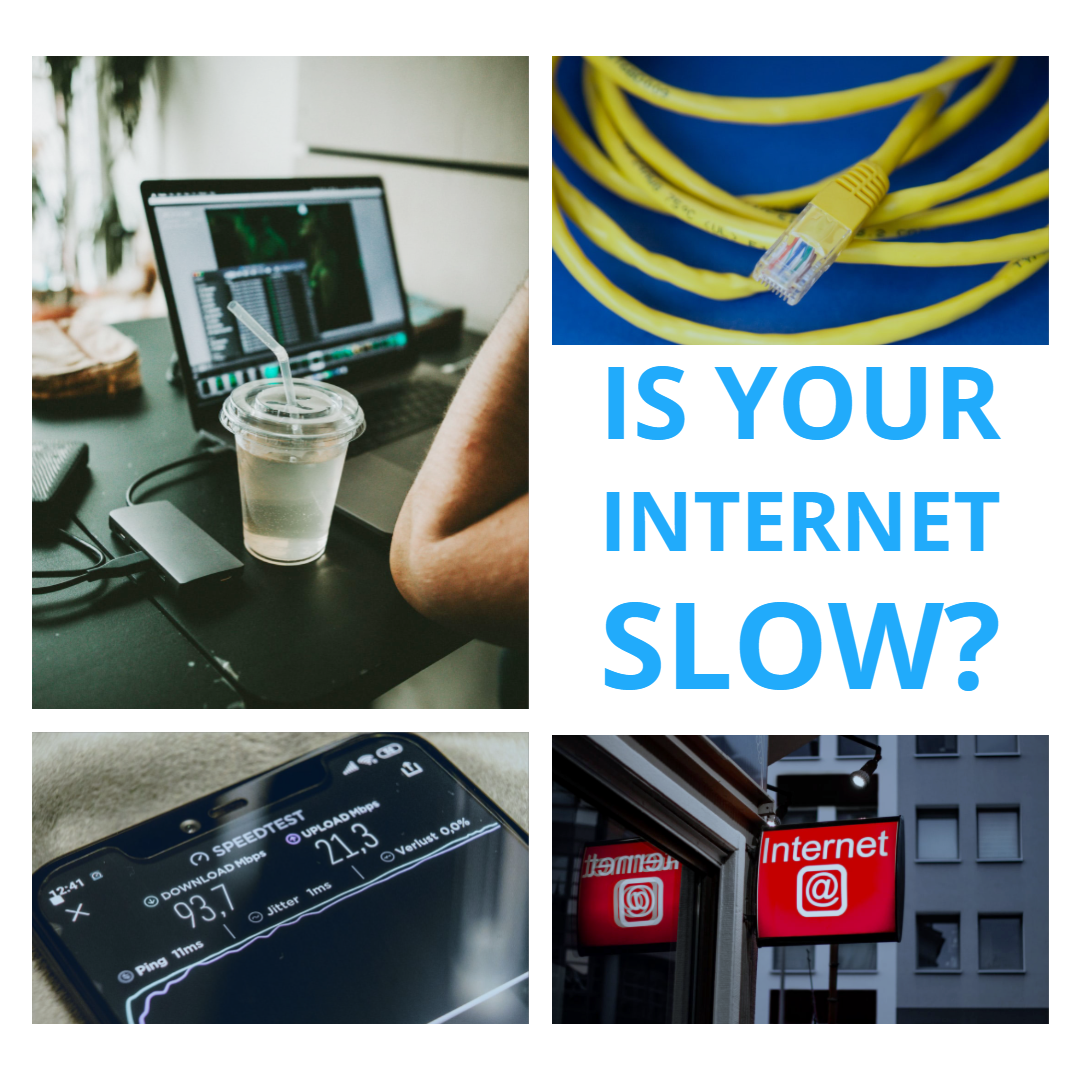Internet speed testers to use and why
In the evolution of today’s workplace, high-speed internet has become a must for both remote and in-office workers. Internet speeds can determine whether those large files will be uploaded on time before your next big meeting and can also affect whether your newly acquired VOIP phone service can work up to its promise.
In this Tech Tip, we will show you how you can quickly test your internet upload and download speeds with our list of recommended internet speed testers.
Our recommended internet speed testers
1) SpeedTest® – It is all in the name — SpeedTest® by Ookla® is a straight-to-the-point speed tester. Our techs chose to add this to our list because of its ease of use and the ability to quickly determine your IP address and megabits per second (mbps) for both download speeds and upload speeds.
The test for SpeedTest can be done just by visiting https://www.speedtest.net/ on the device that you would like for the test to be run on, and you will be greeted by a pretty big GO button. You simply click on the button and the internet speed test will begin. Yep, it is that simple.
**Note: If you want to test the internet speed on your mobile device, you will be prompted to download the app.
If you find yourself constantly using SpeedTest, they also have apps for Android, iOS, Windows, Mac, Chrome, and AppleTV devices.
2) Speedof.me – Our techs like Speedof.me because it provides slightly more intel on your internet services, like maximum mbps download and upload speeds, as well as your average internet speed, latency, and IP address.
To add to the features, it also charts your testing history for your IP address and makes it easy for you to share by creating a shareable link on its site. Pretty handy for DIY troubleshooters and techs.
To use the Speedof.me speed test, go to https://speedof.me/ and click Start Test. This will run a speed test and automatically start the charting process. The only downside we were able to spot is that it doesn’t have native apps like SpeedTest®, so you will have to visit the website to run the test.
3) testmy.net – testmy.net was a website that we kept seeing in Google’s search results as we were doing our research, so we decided to give it a try, and it’s a good thing we did.
Testmy.net’s testing capability was on par with our first two recommendations and gives you the ability to customize your test to either test just download speed, upload speed, latency, or all of those combined. Once you run the test, one really cool feature is it gives you city, country, and even global averages to compare. The results it delivers cover minimum, average, and maximum speeds.
Internet slow? What’s next?
So you tested your internet connection and you received the bad news. What do you do next?
The first step would be to check with your internet service provider. You want to do this because you want to ensure that you are getting what you pay for. They can also help you troubleshoot your slow internet speed. You never know; it could be due to a lackluster Wi-Fi access point that just can’t handle multiple devices.
Also, this will help you weigh your internet options and might even open the door to special transfer rates.
The next step would be to contact a managed IT service provider. Outsourced IT support companies can help businesses plan out their entire network infrastructure, freeing you from your ethernet connection and opening up better internet speeds in secluded office areas.
{{cta(‘be67b52a-b7f4-41ec-b1d8-d34b9cde46aa’)}}
Want to unleash your inner geek and read more?
{{cta(‘266d8228-d2b9-4800-8392-ead8fc6140c1′,’justifyleft’)}}






